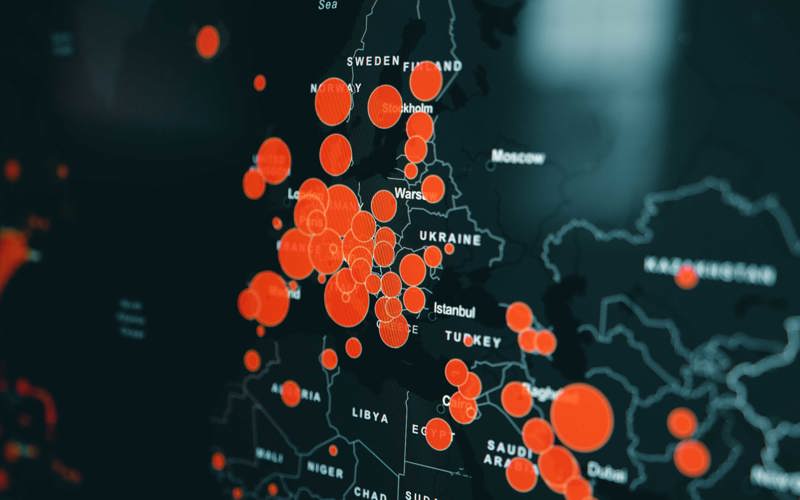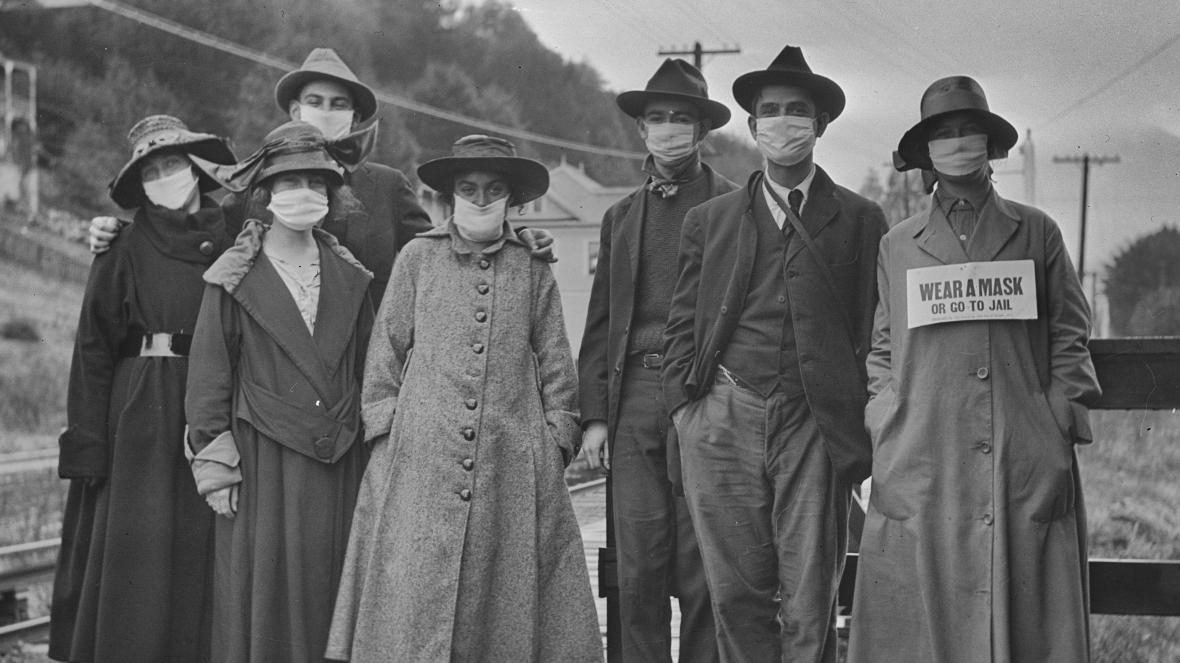
Coming out of Covid-19: Reimagining data
Roger Halliday, Chief Executive Officer at RDS and Scotland’s Chief Statistician, reflects on RDS’s progress to date and what to expect from the service in the future.
Roger Halliday
21 Jan 2022

07 Feb 2022
The National Archive have finished their work and the publication of the 1921 census for England and Wales marks a once-in-a-decade event. RDS considers what the census means for us now and how it informs policy.
In January the Office for National Statistics published, online, the 1921 census for England and Wales, all 38 million entries, held in 30,000 bound ledgers, was digitised and curated for all to see.
The team from the genealogy company Findmypast and the National Archives have finished their work and the publication of a census is a once-in-a-decade event. After each census is taken, the millions of individual census returns are gathered and the information within them analysed and condensed into national statistics, the metrics used by politicians to shape policy.
But the census forms themselves, filled in by our ancestors, are closed to the public for 100 years.
The Scottish 1921 Census is under the control of National Records of Scotland, and they have announced that they will be releasing the 1921 Census for Scotland in the second half of 2022.
Those returns from England and Wales, have a significance and a meaning that goes far beyond national statistics. They are the intimate records of 8.5 million individual households and that passage of a century, the span of three generations, means that a census bridges the gulf between history and memory.
In the census all of us can find where we came from, who we came from and why we are where we are.
For many families, what will be most poignant about the census of 1921 will not be the names listed in the neat columns on the left-hand side of each return form but the names that are missing from those pages – the boys and young men who appeared in the census of 1911 but who are missing 10 years later, on the other side of the rupture that was the World War One.
Their names can be found on another census of sorts, inscribed on to the hundreds of thousands of Portland stone headstones and memorials to the missing that are today scattered across the former battlefields of France and Belgium, the work of what in the 1920s was known as the Imperial War Graves Commission. That census of the fallen also contains the names of many men who had been fathers to the 730,000 children listed as fatherless in 1921.

And the 1921 census resonates with many of our experiences in 2021 – our time of COVID-19. Back then the world was in thrall to an international pandemic – the Spanish Flu (H1N1 influenza virus) – which was responsible for 500 million deaths across the globe. That pandemic claimed more lives globally than the war and in Britain, it sent another 228,000 people to their graves.
The nation of 1921, like that of 2022, was afflicted by a deep and socially corrosive housing crisis and health inequality – it took a further 25 years before the National Health Service Act was passed to provide comprehensive healthcare for all.
Look at the 1921 census and then divide the number of people in any household by the number of bedrooms and the housing crisis of 1921 becomes clear and manifest.
The past two years, our anni horribulus, is redolent of the post-war era in another way. Because it shows how data, statistics and research can deliver positive outcomes.
Based on the 1921 census data, policy makers moved to build better housing and by the late 1930s, a housing boom was in full swing. More than four million houses had been built, and by the end of the 1930s one family in three was living in an inter-war house.
Fuelled by low interest rates, there was also a rise in home ownership, from 10% of families in 1914 to 31% by 1939. Most of these mass building programs did not take place in the crowded inner cities of the old industrial heartlands, but on the outskirts of the city, where land was cheaper, more easily available and healthier.
“The value of the census is not just about helping us make decisions today. After 100 years, all census returns become available for the public to access. Not only can we study how Scotland's past has changed, but we can also discover more about the individuals who have lived here.”
Beyond what it tells us about housing, class and poverty, what makes the release of the 1921 census especially significant is that for many of us it will be the last we see. In 10 years’ time, the archives will have nothing to say about life in England and Wales of 1931, as the census of that year was destroyed by fire in 1942 in the Blitz.
There has been a census every 10 years in Scotland since 1801, except for 1941, and it remains the only survey of its kind to offer such an accurate and detailed snapshot of Scotland's population over such a long time.
All statistics produced from the census have personal information removed. This allows people to be honest in their answers, which in turn makes the data more reliable and a valuable dataset for researchers.
The value of the census is not just about helping us make decisions today. After 100 years, all census returns become available for the public to access. Not only can we study how Scotland's past has changed, but we can also discover more about the individuals who have lived here.
In 2022, Scotland will run its once-a-decade count of the population. The census is the official count of every person in the country. It collects information about where you stay and the people who live there. The information you give helps make decisions about how public money will be spent on schools, roads, healthcare and other important services in your local community.
Make sure you take part – it could change your life and that of your children.
Data is important and that is why the research it generates in crucial – it changes live for the better. That is why RDS exists.
If you have any questions about RDS’s service, please contact us via info@researchdata.scot.
Related content

Roger Halliday, Chief Executive Officer at RDS and Scotland’s Chief Statistician, reflects on RDS’s progress to date and what to expect from the service in the future.
Roger Halliday
21 Jan 2022

We speak to co-author Dr Lynne Adair for an in-depth perspective on a new paper that suggests taking part in the Scouts or Guides is associated with better general health in middle age.
21 Dec 2022
To stay updated with Research Data Scotland, subscribe to our mailing list or follow us on Twitter and LinkedIn.
